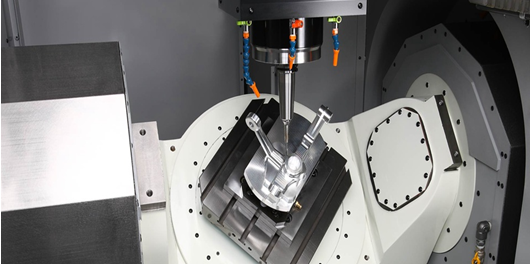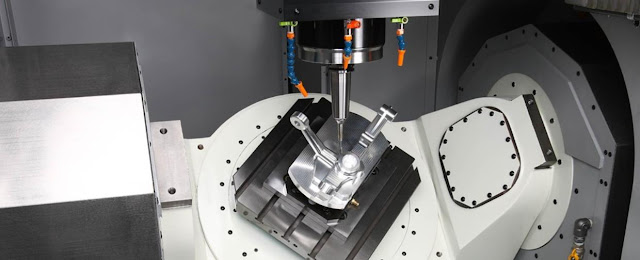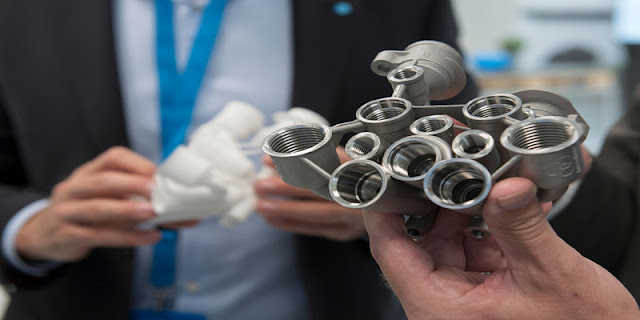Industrial design Prototyping
Why is Industrial design important?
1. We live in an
era of consumption where supply is so vast and differentiated that you can
easily find two identical products if you judge by their specifications. That
is where Industrial Design comes on stage. When technical parameters are really close, people
start choosing the product that suits their tastes better, feels better, has
better proportions and so on. That is even more viable when we talk about
gadgets and appliances. Well, for some
people, design is even more important than technical parameters. That is why
industrial design plays a large role in product success or, unfortunately,
failure.
Prototyping for industrial design
Development of digital
technologies in the recent decade has considerably lowered the popularity of
prototyping for industrial design. And really, why bother, when you can create
the whole part or even the assembly on your PC without the need to cooperate
and order a physical product or make it yourself. Designing has seemingly
become much easier. However, that is not completely true. Sure, 3D-modelling is
fast, doesn’t require any materials and you can even analyze and correct the
mistakes you’ve made without any considerable loss. But digital products do not
give us the whole picture. For example, you can’t correctly judge the scale of
your product and its elements. If that is not done, do not be surprised when
your product does not fit into your hand (If it is handheld, of course) or if
some part of it sticks out by being too big or too small. In some cases,
problems may be so dire that the product, having made the transition from the
digital world into our own, may not work altogether. Such things may happen
when the product is made from sheet metal. Depending on the sheet width, it may
buckle under its own weight or be so heavy, that you’ll need to make it for two
clients to carry and not just one. That is why making prototypes is so important
and most serious companies male prototypes or mock-ups of their products to optimize
them for consumers.
If we want to
understand the advantages of prototypes, we should refer to the most successful
companies and look at the ways they achieve advantages through the usage of
prototypes. Let’s start with Apple. The IPhone and IPad designs they initially
make for a new model are numerous and very different in size and style. What is
different about them compared to other smartphone manufacturers is that they
make mockup models of all the phone designs and tinker with them. They change
proportions to make the phone sit better in your hand, they move the buttons
around and what is the result? A very ergonomic convenient and stylish design.
As a result, most other smartphones have a similar case but the original idea
still belongs to Apple. It is known that Google started using prototypes for
their products too, following the example of Apple. In some cases, you just
can’t avoid making a prototype, for example, in turbine industry, you have to
make different calculations of the way gas will move through the turbine blades.
That is most often done using Finite Element Analysis and 3D-modelling using
meshes. However, the models that are used there cannot take all the factors
into account. That is why after designing a turbine blade, a physical prototype
of it has to be tested and its performance verified. Only through the use of
prototypes can we enjoy safe and stable flights and energy production.
New methods of Making Prototypes
Well, conventional methods of making prototypes
have existed since the birth of prototypes themselves. And what could be more
logical? You have designed a product and you make a couple of fully functional
prototypes and you test both the design and the manufacturing technology. This
method is the most thorough one. You can test the technology, the design, and
the functionality. However, modern industry nomenclature is changing at a rapid
rate. Products can come and go to be changed by new ones in less than a year.
The company that has the smallest product lead time wins the market. That is
why making a fully functional prototype is often not viable, especially
considering newer product versions when the general functionality has already
been established and is just upgraded in some of its aspects. Thus, mockup
models were made. Their advantage is such that you only make the outer carcass
and test it. Convenient, isn’t it? You only order some company to cast you a
plastic model or for someone to mill you a metal one on a CNC center. Well,
prototyping has come one more step ahead. So-called Rapid
Prototyping managed to decrease
the prototype manufacturing time even further. The main technology here is
Additive Manufacturing, a very popular innovative method of layer-by-layer
sintering of different materials. Its main advantage is flexibility. You
basically need no additional equipment or tools apart from a 3D printer and
stock material. If you make a plastic prototype, you don’t even need to mind
technology that much. The software of commercial printers is usually so
advanced that it forms sintering trajectories all by itself, thereby no technological
preparations are needed and they take most of the time
when making a prototype. It should also be noted that the quality of Additively
manufactured parts has risen drastically. Some of the plastic parts, made by
SLA-printers for example, have the surface finish that of a plastic mold. Some
printers can even make colored prototypes. If we talk about metal printing,
progress here is also notable, as SLM-printers can now produce parts with
tolerances up to 0.016 mm which is fairly good and enough for a lot of parts
when we consider precision.
Conclusion
To summarize the
whole article, 3D-modelling is very important in industrial design and it has a
lot of benefits when we consider flexibility, analysis and visualization,
however, if you are aiming to make a truly outstanding product, 3D-modelling is
not enough. In order to judge the scale, rigidity, and size of your product
ideally, you have to make a prototype.
Recent technological developments come to our aid here, allowing us the
use of Additive Manufacturing, a layer-by-layer sintering technology. It
provides designers a rapid and profitable way to make prototypes and further
reduce the lead time of the product.






Comments
Post a Comment